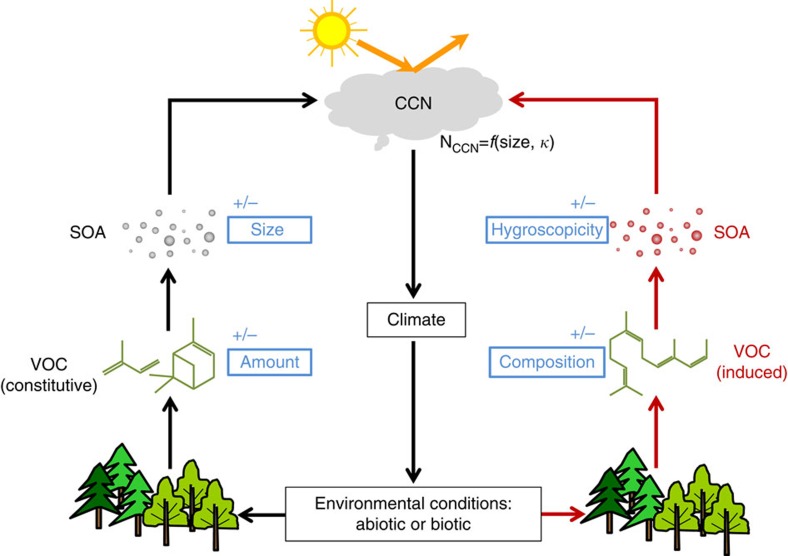Figure 1. Interactions of plant emissions and cloud formation.
The schematic shows the interactions of environmental conditions, plant volatile organic compound (VOC) emissions, secondary organic aerosol (SOA), cloud formation and climate. In unstressed conditions, plants emit constitutive VOC (black arrows on the left path), which on oxidation form SOA that act as cloud condensation nuclei (CCN) and can affect cloud formation and climate. Unfavourable environmental conditions (stresses) can induce VOC emissions (red arrows on the right path). Climatic changes and the resulting environmental conditions can affect the amount of constitutive VOC emissions and/or induce VOC emissions that modify the VOC composition. Such alterations in VOC emissions will be reflected in the particle size and/or particle composition. The latter determines the hygroscopicity parameter (κ) of the SOA, which is a measure of CCN activity at a given particle size. Both, particle size and κ, determine the CCN number concentration (NCCN) (cf. Supplementary Fig. 5), and thus affect cloud formation and climate. +/− indicates the changes of parameters.

